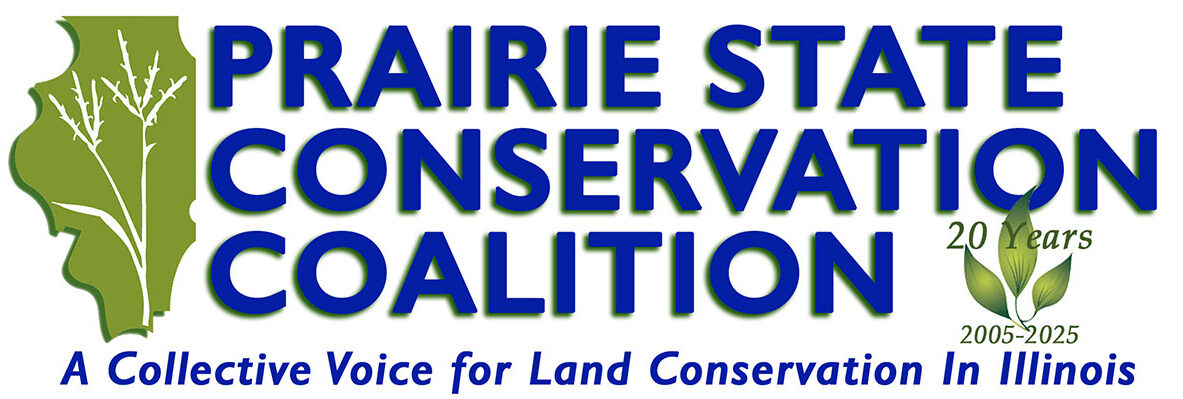New IDNR Recreation Survey
Recent IDNR survey: “Trails of all kinds – including walking/hiking trails, nature/interpretive trails and multiuse trails – are enormously popular, topping the list of amenities that patrons request most often, the survey participants reported.” http://news.illinois.edu/news/14/1007recreation_survey_MeganOwens_JarrodScheunemann.html
